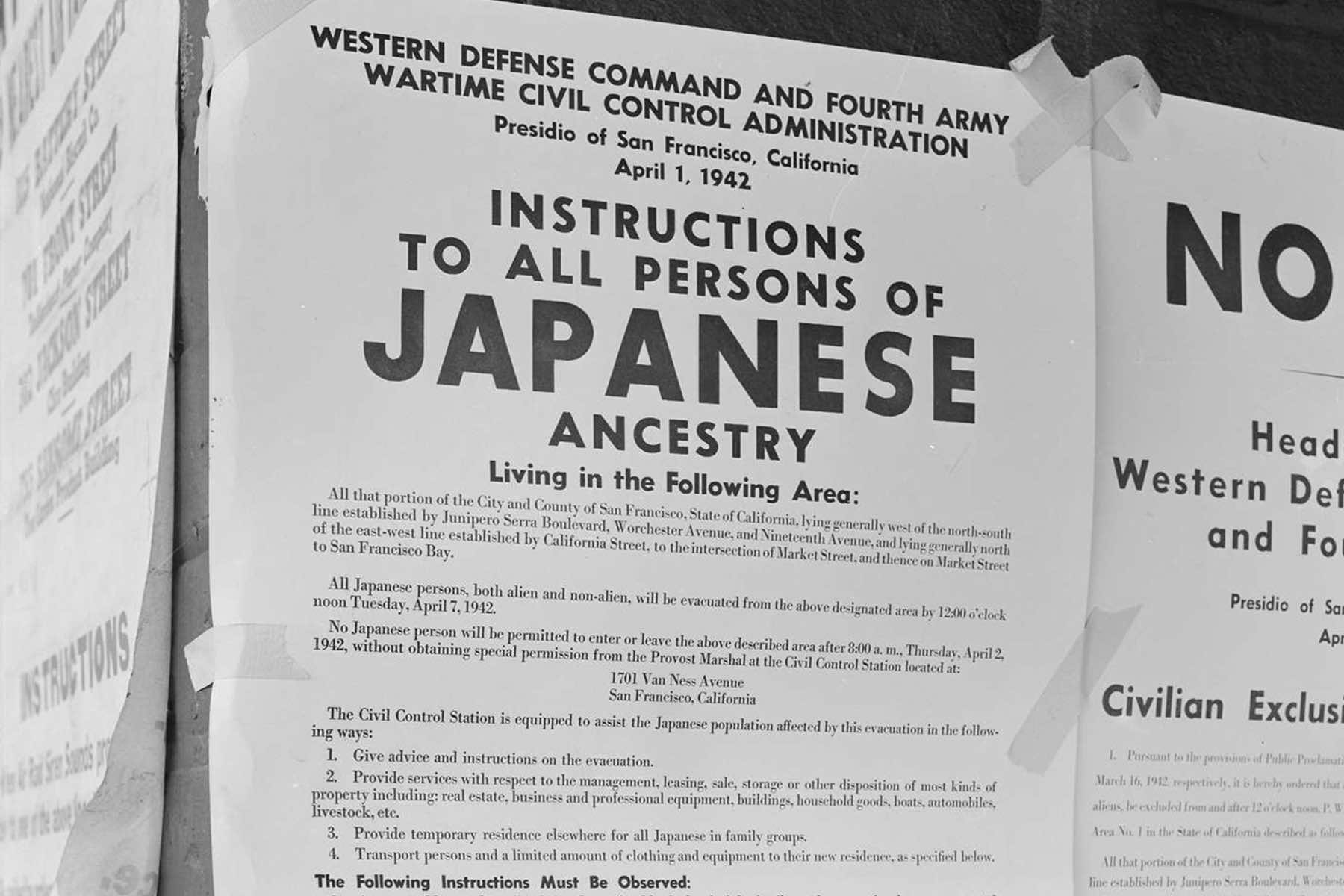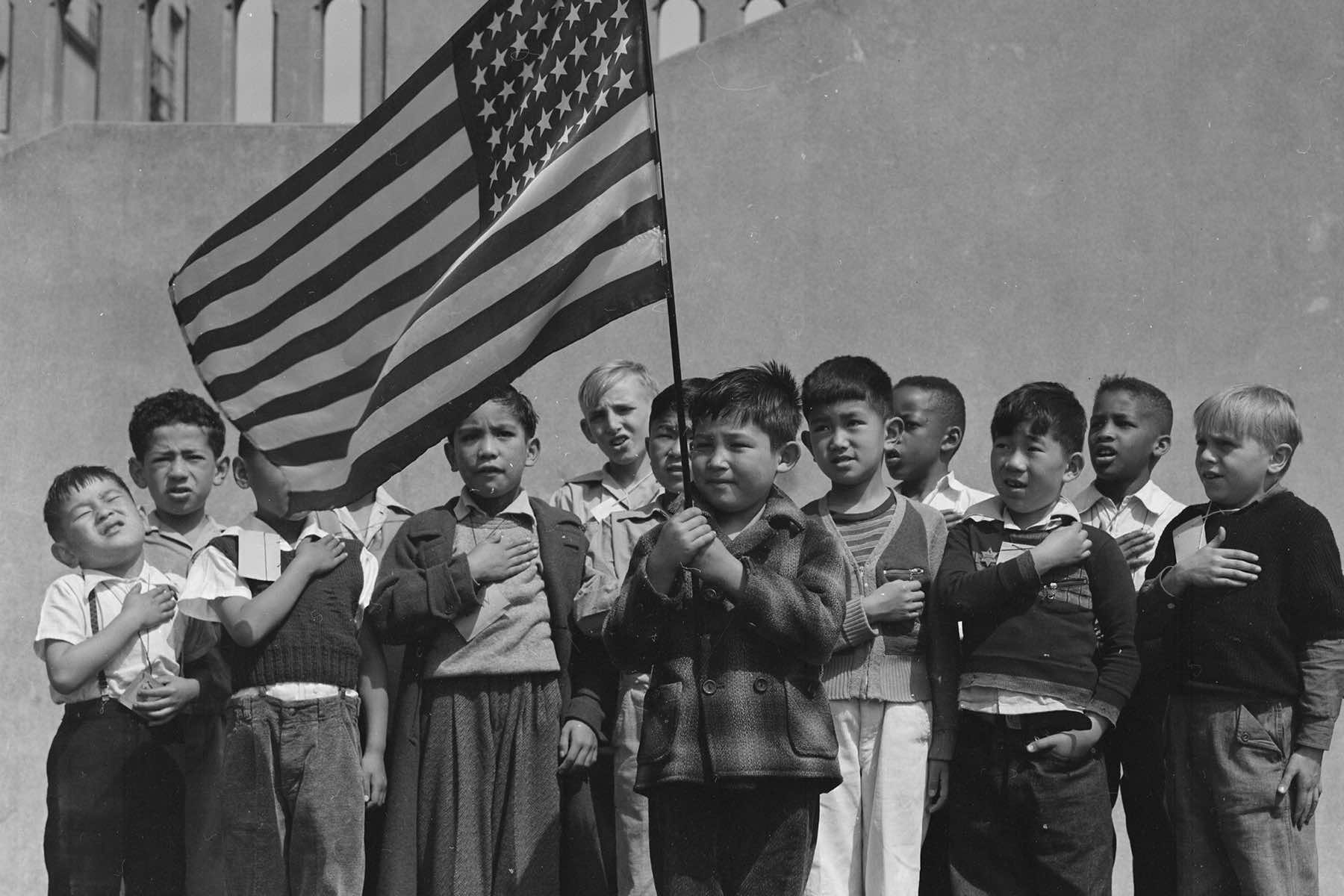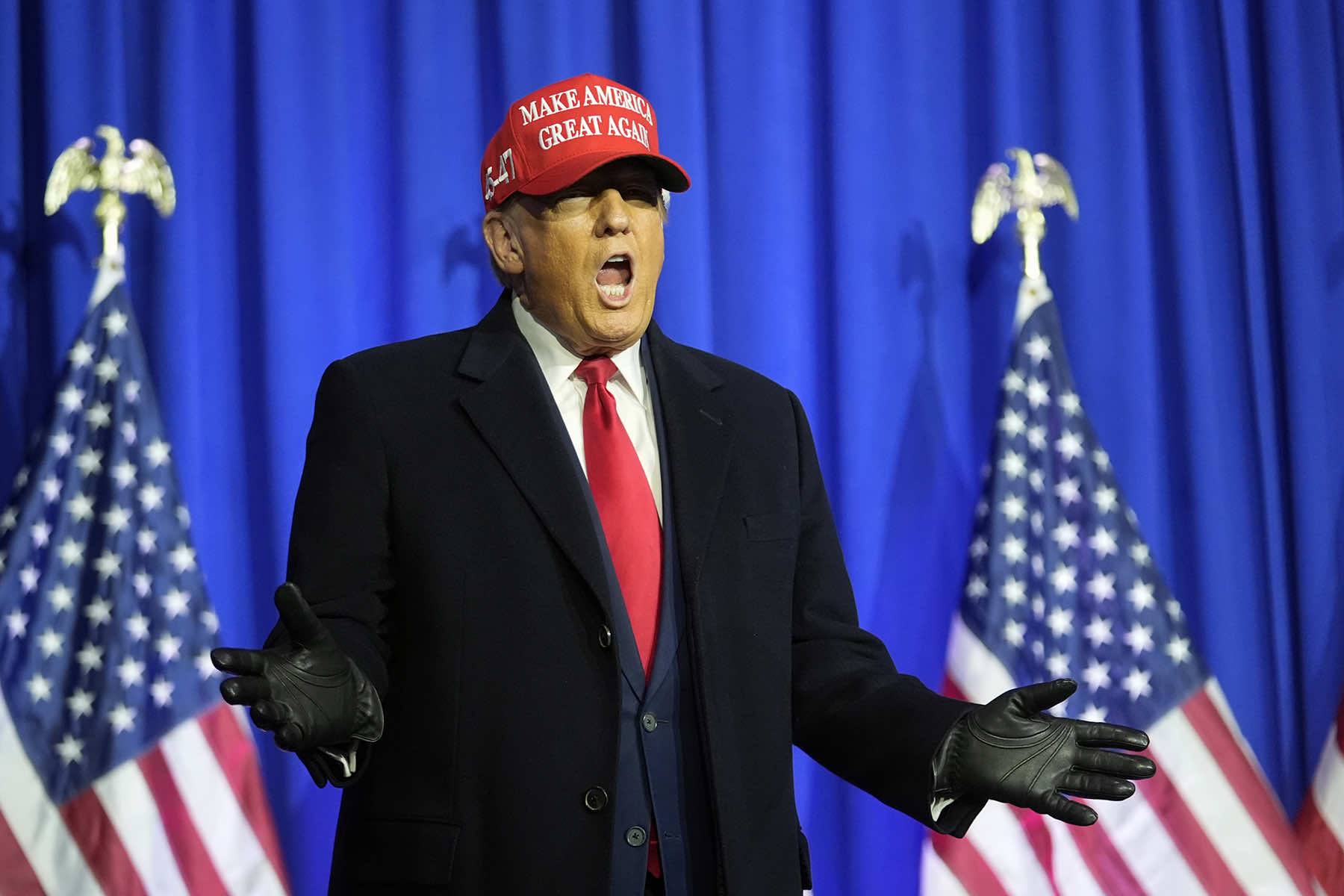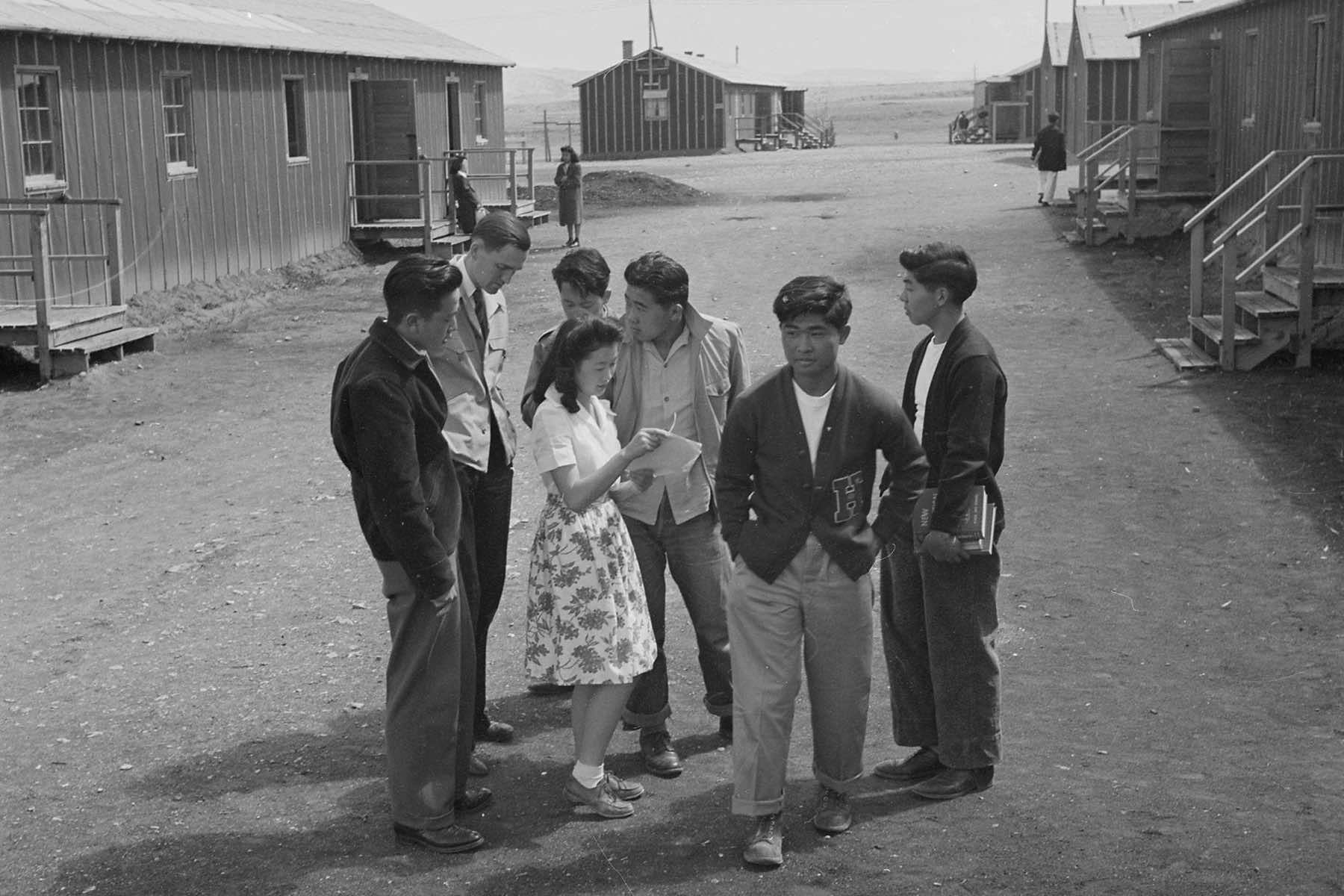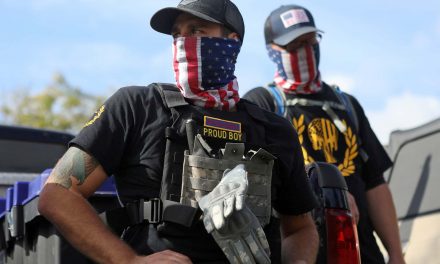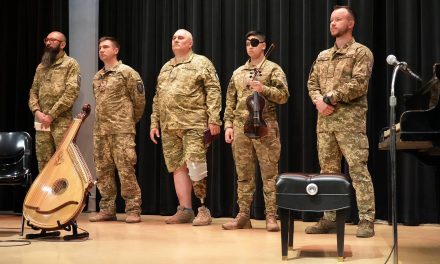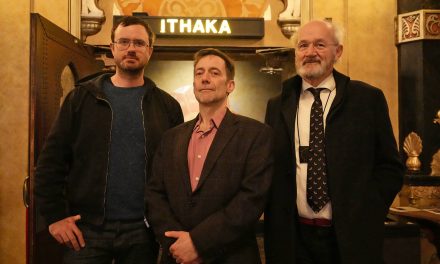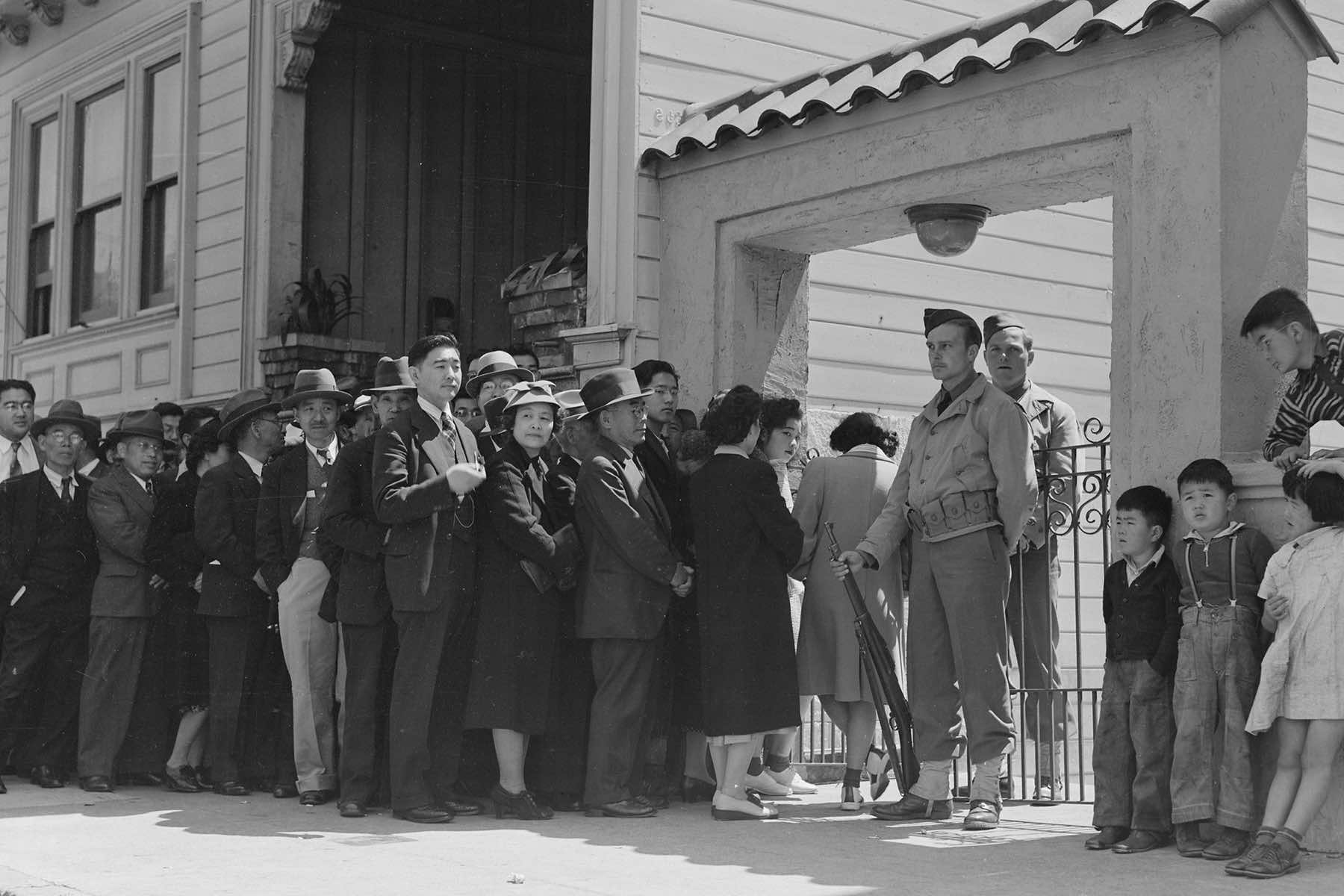
On February 29, 1942, President Franklin Delano Roosevelt signed Executive Order 9066 enabling military authorities to designate military areas from which “any or all persons may be excluded.”
That order, drafted in response to the attack on Pearl Harbor by the Empire of Japan, also permitted the secretary of war to provide transportation, food, and shelter “to accomplish the purpose of this order.”
Four days later a Japanese submarine off the coast of Santa Barbara, California, shelled the Ellwood Oil Field, and the Office of Naval Intelligence warned that the Japanese would attack California in the next ten hours. On February 25 a meteorological balloon near Los Angeles set off a panic, and troops fired 1,400 rounds of antiaircraft ammunition at supposed Japanese attackers.
On March 2, 1942, General John DeWitt put Executive Order 9066 into effect. He signed Public Proclamation No. 1, dividing the country into military zones and, “as a matter of military necessity,” excluding from certain of those zones “[a]ny Japanese, German, or Italian alien, or any person of Japanese Ancestry.” Under DeWitt’s orders, about 125,000 children, women, and men of Japanese ancestry were forced out of their homes and imprisoned in camps around the country. Two thirds of those incarcerated were U.S. citizens.
DeWitt’s order did not come from nowhere. After almost a century of shaping laws to discriminate against Asian newcomers, West Coast inhabitants and lawmakers were primed to see their Japanese and Japanese-American neighbors as dangerous.
Those laws reached back to the 1849 arrival of Chinese miners in California and reached forward into the twentieth century. Indeed, on another February 19—that of 1923—the Supreme Court decided the case of United States v. Bhagat Singh Thind. It said that Thind, an Indian Sikh man who identified himself as Indo-European, could not become a U.S. citizen.
Thind claimed the right to United States citizenship under the terms of the Naturalization Act of 1906, which had put the federal government instead of states in charge of who got to be a citizen and had very specific requirements for citizenship that he believed he had met.
But, the court said, Thind was not a “White person” under U.S. law, and only “free White persons” could become citizens.
What were they talking about? In the Thind decision, the Supreme Court reached back to the case of Japan-born Takao Ozawa, decided a year before, in 1922. In that case, the Supreme Court ruled that Ozawa could not become a citizen under the 1906 Naturalization Act because that law had not overridden the 1790 naturalization law limiting citizenship to “free White persons.” The court decided that “White person” meant “persons of the Caucasian Race.” “A Japanese, born in Japan, being clearly not a Caucasian, cannot be made a citizen of the United States,” it said.
As the 1922 case indicated, Asian Americans could not rely on the Fourteenth Amendment to the Constitution, ratified in 1868, to permit them to become citizens, because a law from 1790 knocked a hole in that amendment.
The Fourteenth Amendment provided that “all persons born or naturalized in the United States, and subject to the jurisdiction thereof, are citizens of the United States and of the state wherein they reside.” But as soon as that amendment went into effect, the new states and territories of the West reached back to the 1790 naturalization law to exclude Asian immigrants from citizenship on the basis of the argument that they were not “free, White persons.”
That 1790 restriction, based in early lawmakers’ determination to guarantee that enslaved Africans could not claim citizenship, enabled lawmakers after the Civil War to exclude Asian immigrants from citizenship.
From that exclusion grew laws discriminating against Chinese immigrants, including the 1882 Chinese Exclusion Act that prohibited Chinese workers from migrating to the United States. Then, when Chinese immigration slowed and Japanese immigration took its place, the U.S. backed the so-called Gentlemen’s Agreement of 1907 under which Japanese officials promised to stop emigration to the United States.
The United States, in turn, promised not to restrict the rights of Japanese immigrants already in the United States, although laws prohibiting “aliens” from owning land meant Japanese settlers either lost their land or had to put it in the names of their American-born children, who were citizens under the Fourteenth Amendment.
After the 1923 Thind decision, the United States stripped the citizenship of about 50 South Asian Americans who had already become American citizens. One of them was Vaishno Das Bagai, an immigrant from what is now Pakistan who came from wealth and who settled in San Francisco in 1915 with his wife and three sons to start a business. Less than three weeks after arriving in the United States, Bagai began the process of naturalization. He became a citizen in 1920.
The Thind decision took that citizenship away from Bagai, making him fall under California’s alien land laws that said he could not own land. He lost his home and his business. In 1928, explicitly telling the San Francisco Examiner that he was taking his life in protest of racial discrimination, Bagai committed suicide. His widow, Kala Bagai, became a community activist.
World War II changed U.S. calculations of who could be a citizen as global alliances shifted and Americans of all backgrounds turned out to save democracy. From Japanese-American concentration camps, young men joined the army to fight for the nation. In 1943 the War Department authorized the formation of Japanese-American combat units. One of those units, the 442d Regimental Combat Team, became the most decorated unit for its size in U.S. military history. Their motto was “Go for Broke.”
Congress overturned the Chinese exclusion laws in 1943 and, in 1946, made natives of India eligible for U.S. citizenship. The last Japanese internment camp closed in March 1946, and Japanese immigrants gained the right to become U.S. citizens in 1952.
In 1976, President Gerald R. Ford officially repealed Executive Order 9066 and noted that it was a “setback to fundamental American principles.” “We now know what we should have known then,” he said. “[N]ot only was that evacuation wrong, but Japanese Americans were and are loyal Americans…. I call upon the American people to affirm with me this American Promise—that we have learned from the tragedy of that long-ago experience forever to treasure liberty and justice for each individual American, and resolve that this kind of action shall never again be repeated.”
But now so-called “internment camps” are back in the news.
Trump has promised his supporters that in a second term he would launch “the largest domestic deportation operation in American history.” To deport as many as ten million of what he called “foreign national invaders,” Trump advisor Stephen Miller explained on a November podcast, the administration would federalize National Guard troops from Republican-dominated states and send them around the country to round people up, moving them to “large-scale staging grounds near the border, most likely in Texas,” that would serve as internment camps.
U.S. National Archives and Paul Sancya (AP)
Letters from an Аmerican is a daily email newsletter written by Heather Cox Richardson, about the history behind today’s politics

